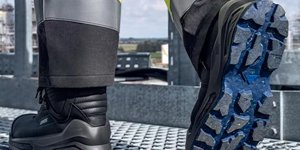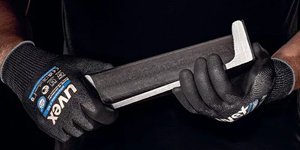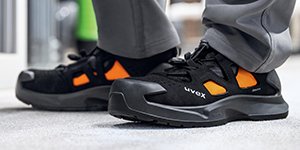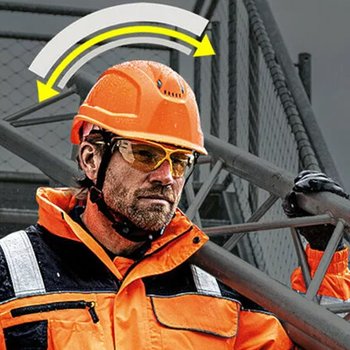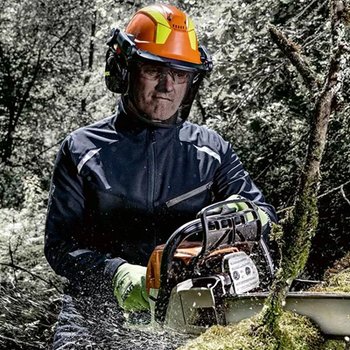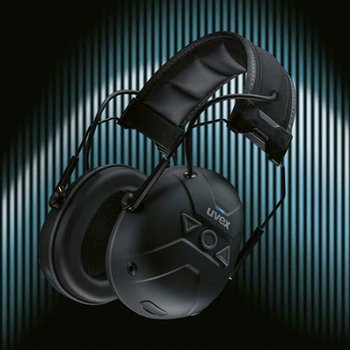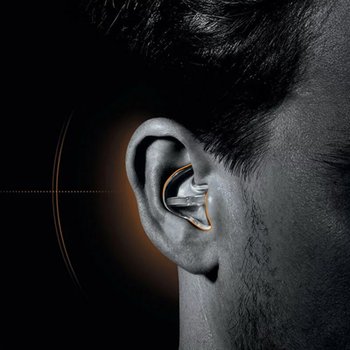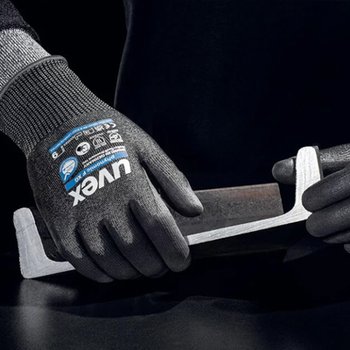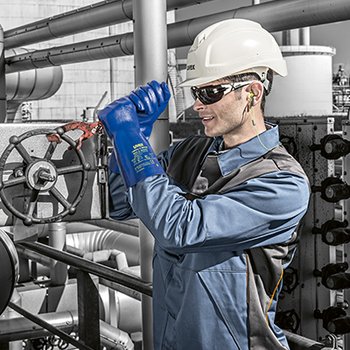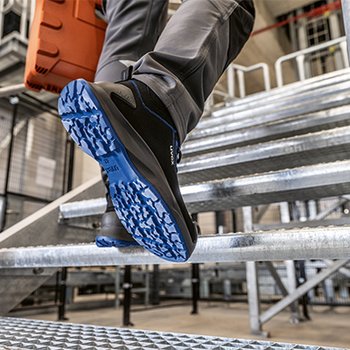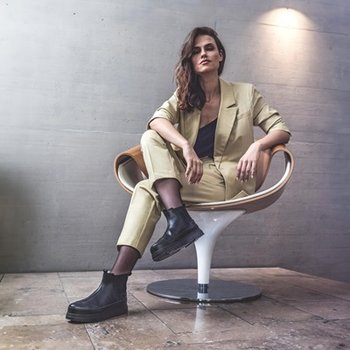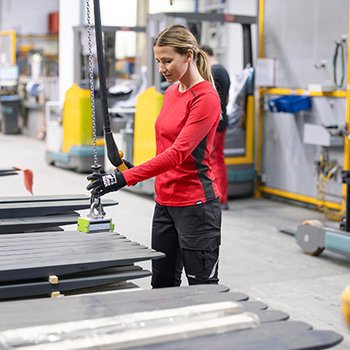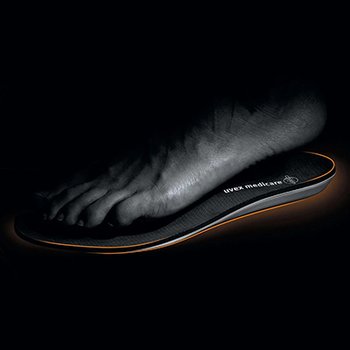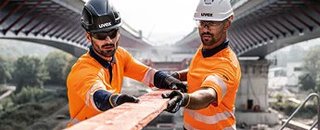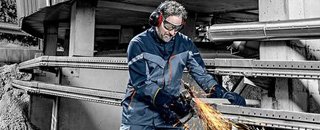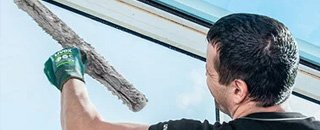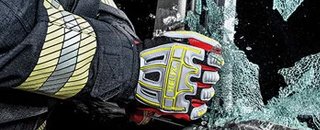
Questions and answers on the subject of footwear
Safety shoes from the uvex 1 G2, uvex 1, uvex 1 sport and uvex 2 product lines are produced in sizes 35 to 40 using a women’s last, and in sizes 41 to 52 using a men’s last. These product lines therefore offer suitable shoes for women.
uvex safety shoes are categorised as suitable for light-, medium- and heavy-duty use. You can find this information in the description of each model. Models intended for light-duty use are particularly suitable for indoor work. However, the employer’s risk analysis for the workplace is essential when selecting appropriate footwear. In case of doubt, please contact the uvex customer service team.
uvex safety shoes are categorised as suitable for light-, medium- and heavy-duty use. You can find this information in the description of each model. Models intended for medium- and heavy-duty use are particularly suitable for outdoor work. However, the employer’s risk analysis for the workplace is essential when selecting appropriate footwear. In case of doubt, please contact the uvex customer service team.
While shoes with the certifications SB, S1, OB and S1 are intended for dry environments, shoes with the certifications S2, S3, O2 and O3 are made with a hydrophobic outer shoe material and can withstand a certain amount of moisture. If the shoes need to be waterproof, they must either have a membrane and the additional certification WR or be polymer boots with the certification S4, S5, O4 or O5.
All uvex safety shoes are certified as slip-resistant shoes in accordance with European standards and bear the certification SRA or SRC (depending on the model). To find the right type of shoe for your needs, please contact our customer service team, who will be happy to help you.
uvex has various model lines for office activities, which combine both the particular requirements of office work with time spent in production and style with safety. These products can be found in the uvex 1 business, uvex business casual and uvex office product groups.
The selection of the best sole material depends on the workplace and the relevant risk analysis. Polyurethane soles are often lighter and more flexible. In contrast, rubber soles have better heat, cut and chemical resistance. In case of doubt, please contact the uvex customer service team.
All uvex shoes are certified in accordance with European standards. Shoes with the certification SB to S5 are safety shoes with a toe cap, shoes with the certification OB to O5 are work shoes without a toe cap. SB- or OB-certified shoes meet all basic requirements of the relevant standards, the further certifications cover additional requirements.
| S1 | Basic requirement, closed heel, anti-static, energy absorption in the heel, fuel and oil resistance of the outsole |
| S1 P | Basic requirement, closed heel, anti-static, energy absorption in the heel, fuel and oil resistance of the outsole, penetration resistance |
| S2 | As for S1, also including the water penetration and absorption of the outer shoe material, no perforation or decorative stitching |
| S3 | As for S2, also including penetration-resistant midsole and treaded outsole |
| S4 and S5 | Polymer boots made of PVC or polyurethane, for example |
| O1 | Basic requirement, closed heel, anti-static, energy absorption in the heel |
| O2 | As for O1, also including the water penetration and absorption of the outer shoe material, no perforation or decorative stitching |
| O3 | As for O2, also including penetration-resistant midsole and profiled outsole |
| O4 and O5 | Polymer boots made of PVC or polyurethane, for example |
In addition to the protection classes SB to S5 and OB to O5, there are additional requirements, which are needed for a particular hazard and are additionally certified. Below is an overview of the requirements and their respective certification:
| P | Penetration resistance |
| A | Anti-static shoes |
| E | Energy absorption capacity in the heel area |
| HI | Insulation of the outsole against heat |
| CI | Insulation of the shoe against cold |
| WRU | Water-resistant upper (outer shoe material) |
| HRO | Heat-resistant outsole (+300°C for 1 minute) |
| WR | Water resistance of the whole shoe |
| FO | Fuel and oil resistance of the outsole |
The ESD certification means that the relevant shoe models, in addition to their certification as personal protective equipment, have also received the certification for use in ESD protected areas. All products certified as such are marked with the round, yellow ESD sign. Most uvex shoes have this certification.
“Vegan” is a very broad term, which we cannot currently use for our uvex shoes. However, we have a range of products made of synthetic materials such as textiles or microvelours that are free from materials of animal origin. Some of these products can be found in the uvex 1, uvex 1 sport, uvex 1 business, uvex 2 and uvex 2 trend ranges, for example.
Different outer shoe materials are available, depending on the intended use and risk analysis. Textiles are particularly lightweight and breathable, microvelour is also particularly lightweight, breathable and durable, leather is particularly robust and heat-resistant.
Regardless of the material, toe caps for safety shoes must meet the same requirements. They are tested in a drop test (200 joules of drop energy, which is equivalent to approximately 20 kg from a drop height of one metre) and a static pressure test (15 kilonewtons). At maximum load, the residual height under the toe cap is determined and compared with a minimum requirement, depending on the shoe size. The caps used for uvex safety shoes far exceed these requirements. Plastic caps are lighter than steel caps, do not become cold as quickly and are not magnetic, and can therefore be used in areas with metal detectors or induction loops, for example.
Non-metal, penetration-resistant insoles are made of multilayer, highly tear-proof textiles, while steel insoles are made of a steel strip. Attention: Please note that the penetration resistance of this kind of footwear has been measured in the laboratory using a truncated test nail with a diameter of 4.5 mm and a force of 1,100 N. Higher forces or nails of smaller diameter can increase the risk of penetration. In such circumstances, alternative preventative measures should be considered.
Two generic types of penetration-resistant insole are currently available in PPE footwear. These are made from metallic and non-metallic materials. Both types meet the minimum requirements for penetration resistance in accordance with the standard marked on the shoe but each has different additional advantages or disadvantages, including the following:
Metal: Is less affected by the shape of the pointed object / hazard (e.g. diameter, geometry, sharpness). Due to the limitations of the shoe manufacturing process, the entire tread of the shoe is not covered.
Non-metal: May be lighter and more flexible, and covers a greater area when compared with metal but the penetration resistance may be affected more by the shape of the sharp object / hazard (e.g. diameter, geometry, sharpness).
For more information about the type of penetration-resistant insoles in your footwear, please contact the manufacturer or supplier.
The uvex multiple fit system means that in many product groups, each shoe size is available in three or four different widths. Details can be found in the product descriptions for each item. We recommend that you measure your shoe size and width using the uvex fit advisor app before purchasing uvex safety shoes. The app uses two calibrated photos to determine the measurements via your mobile phone and then recommends the right uvex safety shoes for the application area you have selected. Alternatively, you can follow the instructions on our website here, measure your feet yourself and then find the uvex shoe size you need in the uvex Mondopoint chart, which is published in our catalogue and on our website.
Determining shoe size and width requires the wearer's foot to be precisely measured, including the exact length and breadth in millimetres. We recommend that you measure your shoe size and width using the uvex fit advisor app before purchasing uvex safety shoes. The app uses two calibrated photos to determine the measurements via your mobile phone and then recommends the right uvex safety shoes for the application area you have selected. Alternatively, you can follow the instructions on our website heer measure your feet yourself and then find the uvex shoe size you need in the uvex Mondopoint chart, which is published in our catalogue and on our website. In case of doubt, the uvex customer service team will be happy to assist you.
uvex safety shoes and work shoes may be used only with insoles for which a type examination has been carried out. Insoles not certified for use with the shoe inevitably lead to the loss of the type approval. Therefore, you should use only insoles supplied by uvex and appropriate for your shoe model.
uvex safety shoes comply with the EU REACH chemicals regulation, in accordance with the environmental principles of the uvex group.
It is not generally possible to give an expiration date due to a variety of factors. As a guide, you should assume five to eight years from the date of production. The service life depends on the degree of wear, where the shoe will be worn and external factors such as heat, cold, moisture, UV radiation, chemical substances and mechanical loads.
The shoes must be checked for externally visible damage before each wear and replaced if any damage is present – e.g. integrity of outer shoe material and outsole, sufficient tread, functionality of fasteners (where applicable). Footwear that is no longer usable must be disposed of as either industrial or household waste. Footwear must be stored and transported properly, preferably in cardboard packaging in a dry environment. Footwear should not be stored at temperatures over 25°C or in environments with humidity levels of over 70%. The month and year of production can be found on the tongue label of the footwear in the format month/year.
After use, remove excess dirt from the shoes and treat using commercially available products. The life of the shoe can be extended and the hygiene improved by drying the shoes in a well-ventilated place; drying wet footwear on heaters or with a fan heater or shoe dryer is not recommended.
Suitable shoes must be selected on the basis of the relevant risk analysis for the workplace, together with the health and safety officer. Only a shoe that meets the requirements/additional requirements relevant to the hazard can protect the wearer. Before using the shoes, ensure that they fit correctly; various models are available in different widths. Fastening systems on the shoes must be used properly.
The requirements for safety, protective and work shoes are defined in a series of European standards.
| EN ISO 20345 | Requirements for safety shoes (shoes with the strictest requirements for toe caps) |
| EN ISO 20346 | Requirements for protective shoes (shoes with less strict toe cap requirements, not very common) |
| EN ISO 20347 | Requirements for work shoes (no toe cap, for areas in which toe protection is not required) |
| EN ISO 20344 | Description of the various test processes |
Thanks to a special sole design, anti-static shoes are able to reduce electrostatic charge by dissipating the electrical charges. To do this, the shoes must have a defined contact resistance in order to ensure that this dissipation works but must also guarantee a basic level of protection against dangerous electric shocks of up to 250 volts. All uvex shoes are anti-static. They are generally not suitable as protection during live-line working if no other protective measures are taken.
Most uvex shoes are certified for use with special orthopaedic insoles and orthopaedic alterations to the outsole. These certifications go under the name uvex medicare. See here for more detailed information.
Insulating footwear is not defined in the DIN EN ISO 20344 to 20347 series of standards for safety, protective and work shoes, but has its own standard, DIN EN 50321-1. Footwear with outer shoe materials such as leather, textile or similar cannot pass the prescribed testing procedures, only polymer overshoes or boots can, and these must be specially tested. Alternatively, for live-line working, electrical insulating matting in accordance with DIN EN 61111 may also be used.

